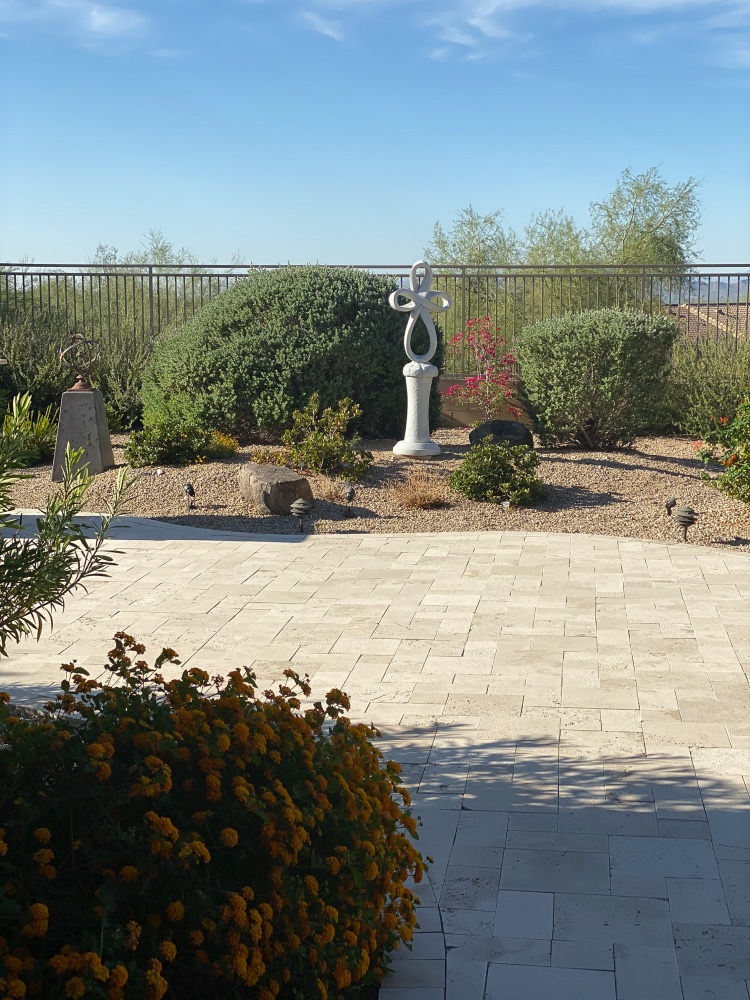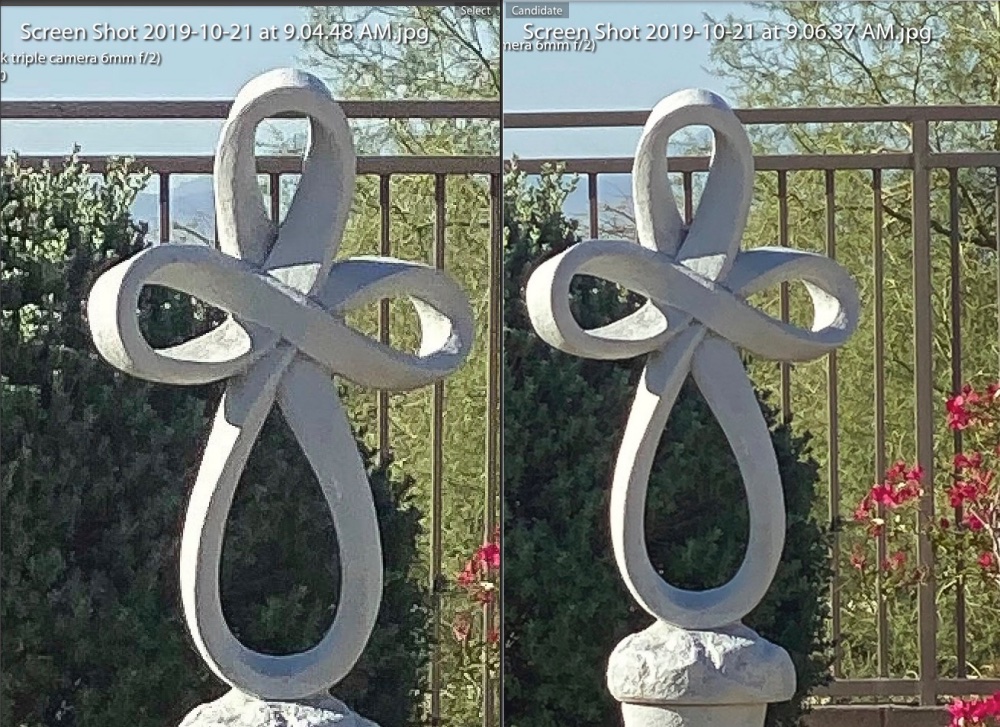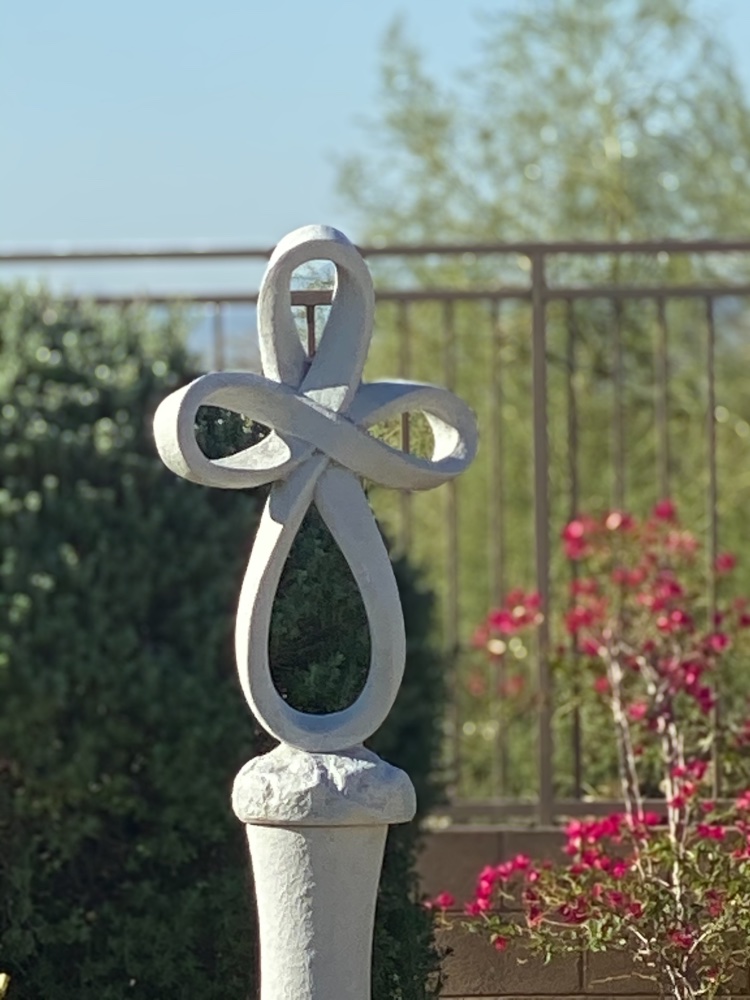The digital zoom function.
Click here for an index of all iPhone articles.
Here’s an index of the iPhone 11 Pro pieces:
Part I – The revolution realized
Part II – Upgrading
Part III – The ultrawide lens
Part IV – The Normal lens
Part V – The Telephoto lens
Part VI – The Focos app
Part VII – Quirks and anomalies
Part VIII – HDR and the Night Mode
Part IX – The digital zoom function
Part X – A lens correction profile for the ultrawide optic
Here’s the image before enlargement or zooming:

The original scene.
Here it is enlarged and zoomed:

LR enlargement at left. iPhone digital zoom at right. .
In addition to its choice of three lenses for non-selfie photography, the iPhone offers a digital zoom. In the Camera app you hold your finger on any one of the lens selection icons – 0.5X, 1X or 2X – and a rotatable protractor appears at the right allowing enlargement options up to 10X. While this protractor will appear for any of the three lenses, the iPhone only uses the best lens for digital zooming, the 1X optic. The digital zoom function is accessible in Photo mode, not in Portrait (blurred background) mode.
At 10x LR reports an effective FFE focal length of 270mm. That’s seriously long, but are the results any good?
To take a closer look I took one image using the 1X lens at the regular 1X un-zoomed setting and the other at the 10X digital zoom setting. Importing both into LR I enlarged the central section of the 1X un-zoomed image to the same size at that in the 10X digitally zoomed image. Stated differently, the first image was using enlargement in LR and the second was using the iPhone’s digital zoom function to enlarge the center when the original was snapped.
The results – see above – discloses that the iPhone digital zoom image (on the right) shows fewer artifacts than the LR enlarged one. It also shows meaningfully less grain/digital noise. So zooming ‘in camera’ beats selective enlargement in post-processing.
Is it usable?
At a pinch, yes. An 8″ x 10″ print from the digital zoom file is just about presentable if you avoid sticking your nose in the print, but the image is clearly breaking up. So on those occasions where you need to really zoom in, by all means use the digital zoom in preference to later enlargement in software, just be aware that there are limits as to what can be extracted from that tiny iPhone sensor.
To liven things up a bit and to increase apparent definition and blur the background, simply pass the iPhone’s digitally zoomed image through Focos and you get this:

Focos does not get blurring of the love knot-enclosed background right.
Not half bad, huh?